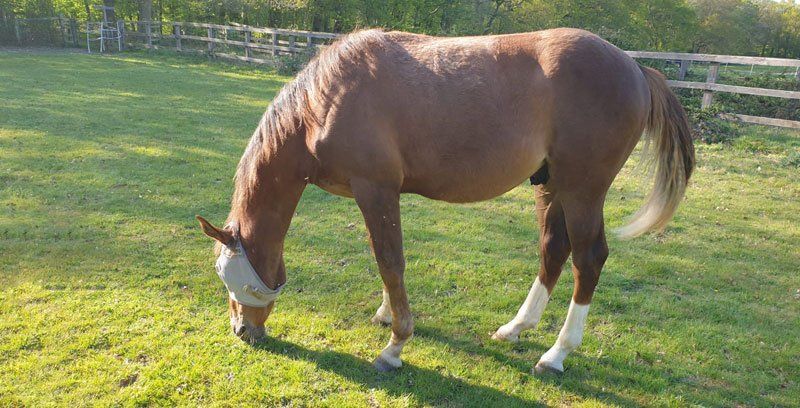This is a group of diseases of horses causing irritation and dermatitis in the lower limbs of horses. Mud Fever affects most horses and ponies during the winter and early spring resulting in painful sores and scabs, which in severe cases can make a horse lame. Mud Fever most commonly affects the pastern and heel area but can also affect the upper leg, the stomach region and in some cases the neck area. Non-pigmented skin tends to be more severely affected.
Under normal circumstances the skin acts as a protective barrier, preventing micro-organisms from entering the horses system and doing any damage. However the integrity of the epidermis can become compromised through the abrasion of soil grit, sand or stable bedding on cold, wet skin. The continual wetting of the skin causes a breakdown of the protective barrier of the epidermis, allowing the bacterium to enter and cause infection. Shared boots, leg wraps, grooming equipment and supplies and horse handlers hands can all serve as fomites, carrying the causative organisms from one individual to another. For this reason, this condition should be treated as contagious and precautions taken not to let it spread to others.



